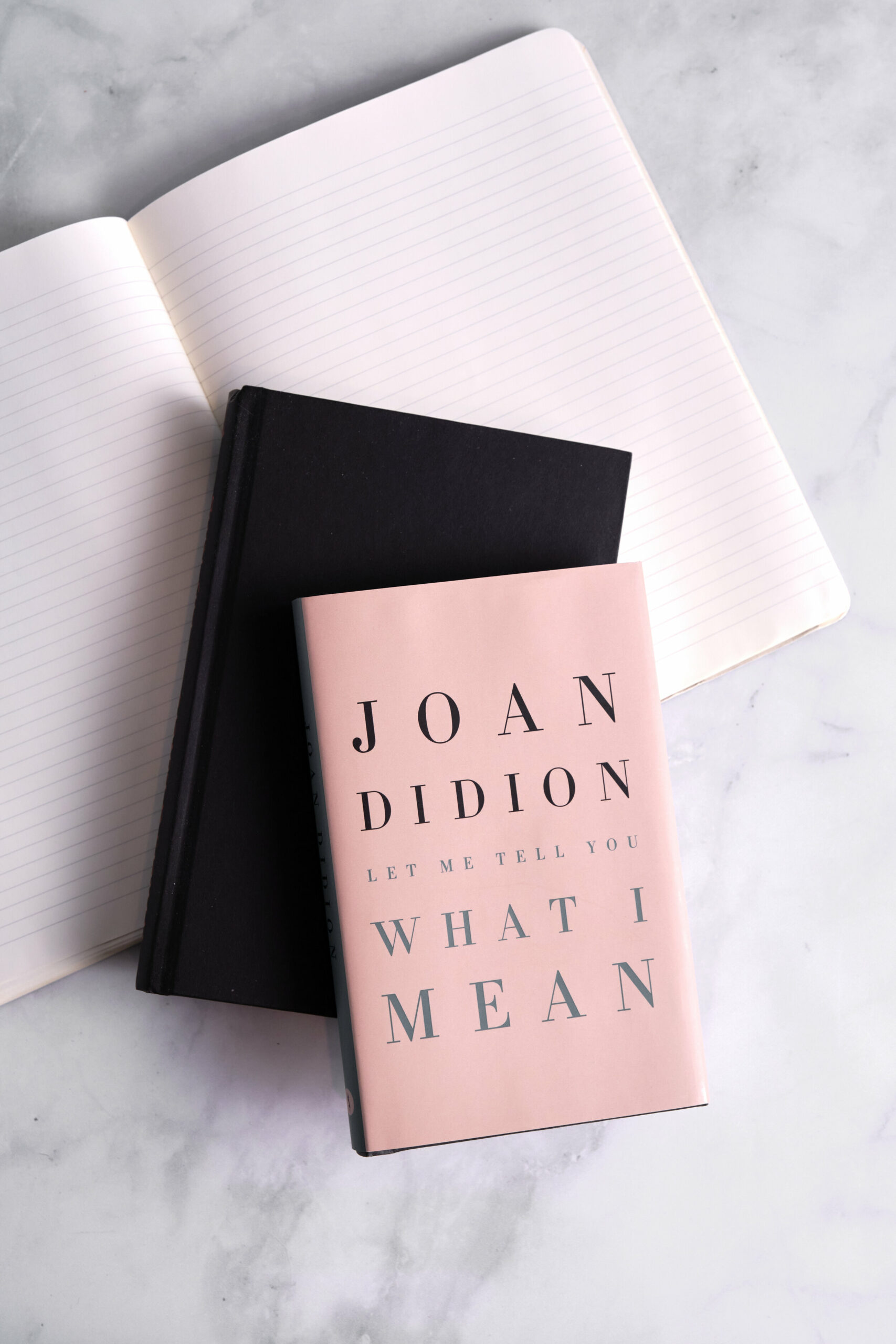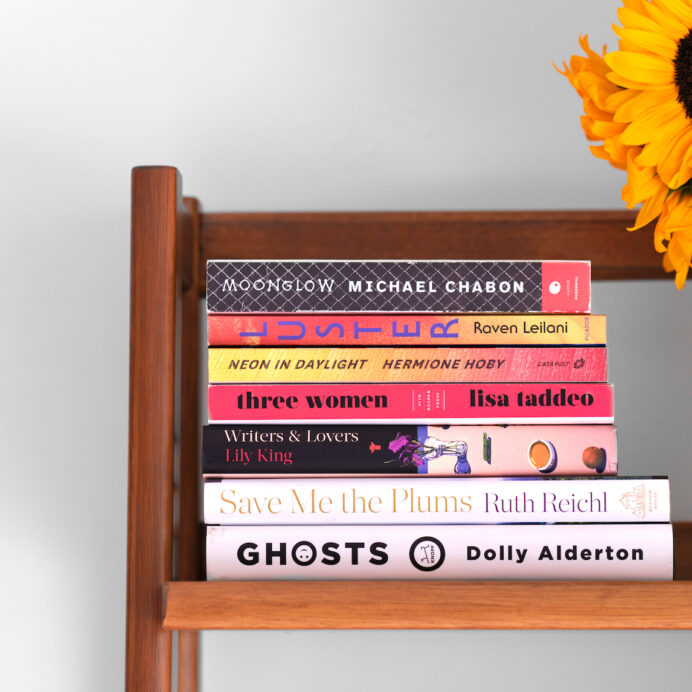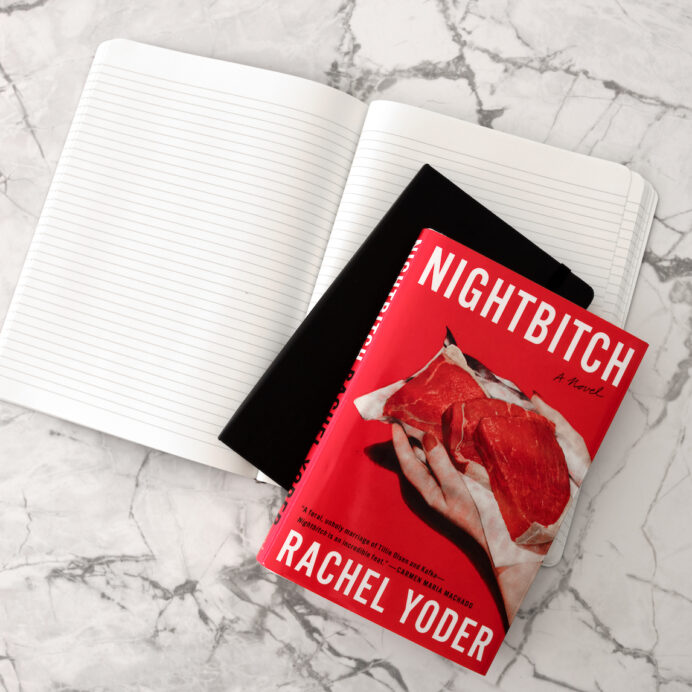The 12 essays in Let Me Tell You What I Mean, written between 1968 and 2000, don’t exactly follow a cohesive thread. Or rather, Joan Didion’s methodical, cutting search for the truth in every situation is the thread. In the essay, “Why I Write,” Didion says about the way she thinks, “My attention veered inexorably back to the specific, to the tangible, to what was generally considered, by everyone I knew then and for that matter have known since, the peripheral.” It’s that focus on “the peripheral,” the particular (often opinionated) way Didion filters concrete details, that enables her to get at the truth, to uncover what’s actually there.
In “theeverywoman.com,” for instance, Didion looks beyond Martha Stewart’s powerful and carefully-crafted aesthetic of domestic success to the heart of who Martha actually is: an entrepreneur who turned the labor of domesticity into a bankable empire that catapulted her to success outside the home. “The dreams and the fears into which Martha Stewart taps are not of ‘feminine’ domesticity,” she says, “but of female power, of the woman who sits down at the table with the men and, still in her apron, walks away with the chips.”
Other pieces range from her observations about a Gamblers Anonymous meeting, to a meditation on the California-made mythology of Hearst Castle, to her recollections from an afternoon with (then-governor’s-wife) Nancy Reagan. All of them deliver classic Didion attention to detail, wit, and an uncanny ability to look beyond her time (see “The American Press” about the broad appeal of fringe media).
If you’re new to Didion, I’d recommend starting with her first collected essays, Slouching Toward Bethlehem. If you’re a longtime fan, I think you’ll love this as I did—my only qualm being that I wanted more than the little glimmers into Didion’s insights that each of these short essays offers. Though I would’ve loved a present-day followup from the author herself, I recommend reading the forward instead as the conclusion, as Hilton Als offers a current perspective on this collection and the closure you might be looking for after it’s all done.




